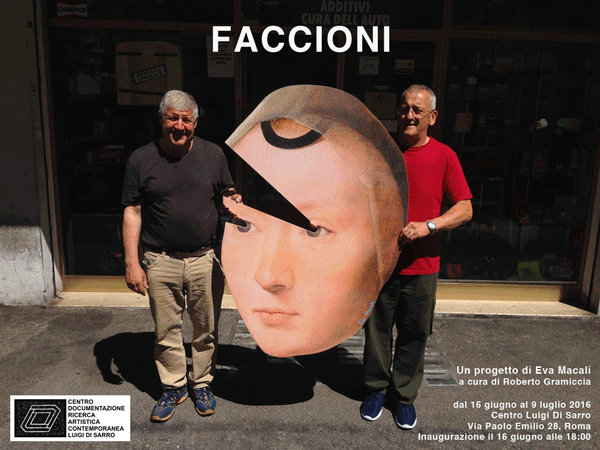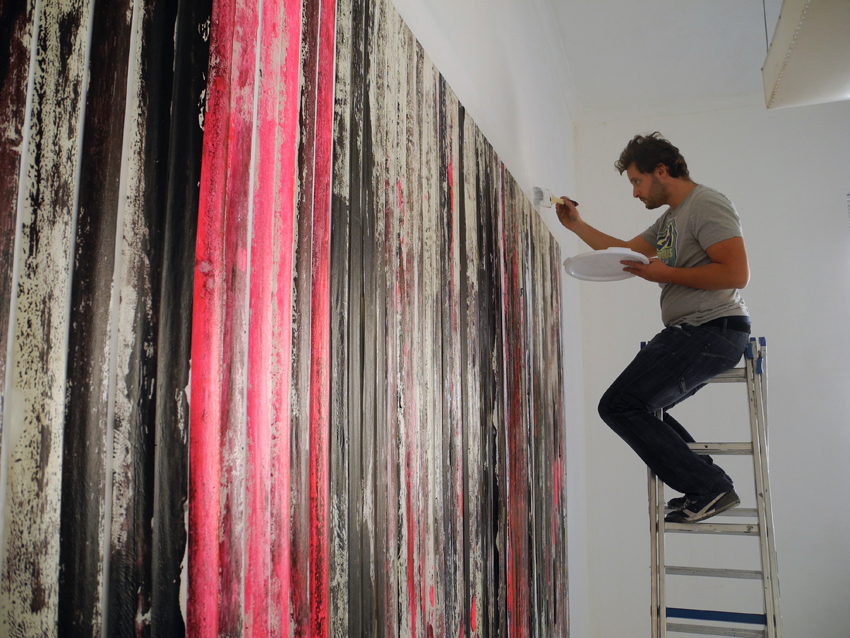ARP-ART RESIDENCY PROJECT, designed by Centro di documentazione della ricerca artistica contemporanea Luigi Di Sarro, aims to promote and support emerging artistic talent in Italy and abroad and is part of a wider network of actions that Centro Di Sarro does through bilateral cultural exchanges in the field of visual arts. The programme has a contribution of MAECI, Italian Foreign Affaires Ministry, and the collaboration of Everard Read/CIRCA Gallery Cape Town.
ARP aims to promote mobility and knowledge of new cultural realities through the experimentation of materials, techniques and languages in contemporary art. The 6-weeks residency offers the opportunity for new creative experiences and technical and professional training, a human and artistic comparison, the study of the social, political and cultural history of the hosting country.
 from left: Caterina Silva, Jordan Sweke, Skumbuzo Vabaza, Elena Giustozzi
from left: Caterina Silva, Jordan Sweke, Skumbuzo Vabaza, Elena Giustozzi
Who are the 6th Edition between Italy and South Africa 2017/18 four winners:
ELENA GIUSTOZZI was born in Civitanova Marche (MC, Italy) in 1983.
After the diploma at Science high school, she enrolled at the Academy of fine arts in Macerata, Italy, where in 2008/2009 she obtained a Bachelor degree in decoration. In 2011/2012 she ends the Master degree in painting. Since 2013 is teaching assistant at the Academy of Fine Arts in Macerata: Painting Techniques (three years), Techniques and Technologies of Contemporary Visual Arts, Painting Techniques and Technologies Lab (Master degree course). Her selected project is Little Finite Landscapes. Different perspectives of landscape. “The perspective discloses to our eyes, not strained to the horizon like a parallel look to the ground, but cut and collected in a finite space. What do we look at? What are we listening to? The road that opens in front of us, the noise of our footsteps. My walks in the garden tell the story of the time that passes by, the seasons that follow one another, new but always the same, the earth that changes, transforms and deforms to then return to resemble every variation“. www.elenagiustozzi.com
CATERINA SILVA (Rome, 1983) explores the links between power and language from often silent or pre-linguistic places in order to elude canonical structures of production of meaning. She studied sculpture in London (Camberwell College of Arts), philosophy and Scenography in Rome (La Sapienza, Ied). Her work ranges from painting to performance. “I see my painting practice as a struggle with language and its classification’s systems. I use painting to probe at the obscure spaces of the mind, that which is impossible to explain in words but which exists and materializes into matter and then object. I create open images available to the interpretation of the observer, consequence of a process of deconstruction of my own internal superstructure carried out through the matter of painting itself and its translation into choreographic experiments and performances”. www.caterinasilva.com
JORDAN SWEKE (born 1991, Johannesburg. Lives and works in Cape Town) nel 2014 Bachelor and Honours in Fine Art, Specialising in Painting. Michaelis School of Fine Art. University of Cape Town, South Africa. Exploring and reflecting upon spatial perceptions within the natural world, Jordan Sweke aims to create “a marriage between the mathematical and the abstract, the geometric and the organic.” Working in a wide array of visual media including video, land art and urban installations, photography and oil paint on canvas, Sweke identifies each for its tactile emphasis of the material elements of his natural surroundings.The perceptions that result in his artworks transgress the usual prescribed concepts of the environment, and serve to challenge them. Fresh and uncompromising, his rendering ‘manages to reflect a Romantic beauty, a synthesis of life, death and the sublime’ and all serve to illustrate and redefine his audiences engagement and understanding of conceptual natural space. www.jordansweke.com
SKUMBUZO VABAZA, popularly known as “Skubalisto” is a visual artist from Cape Town, South Africa. Skubalisto was born in Harare, Zimbabwe, (1987) where his parents had spent their twenties in exile. His mother was studying medicine and his father as an active member of the ANC. Who primarily creates portraits in a contemporary expressionist style, channeled through muralism, wood boards and canvas. His mediums range from spray paint, acrylic, oil pastel, charcoal and ink. Since his return to South Africa he has been touring on a quest to rediscover the landscape and a connection with his country through an artist’s eyes. “I am not a writer, painting is my weapon of choice. The makings of a true artist lie in the fact that an individual can create no matter what medium they use”. skubalisto.tumblr.com

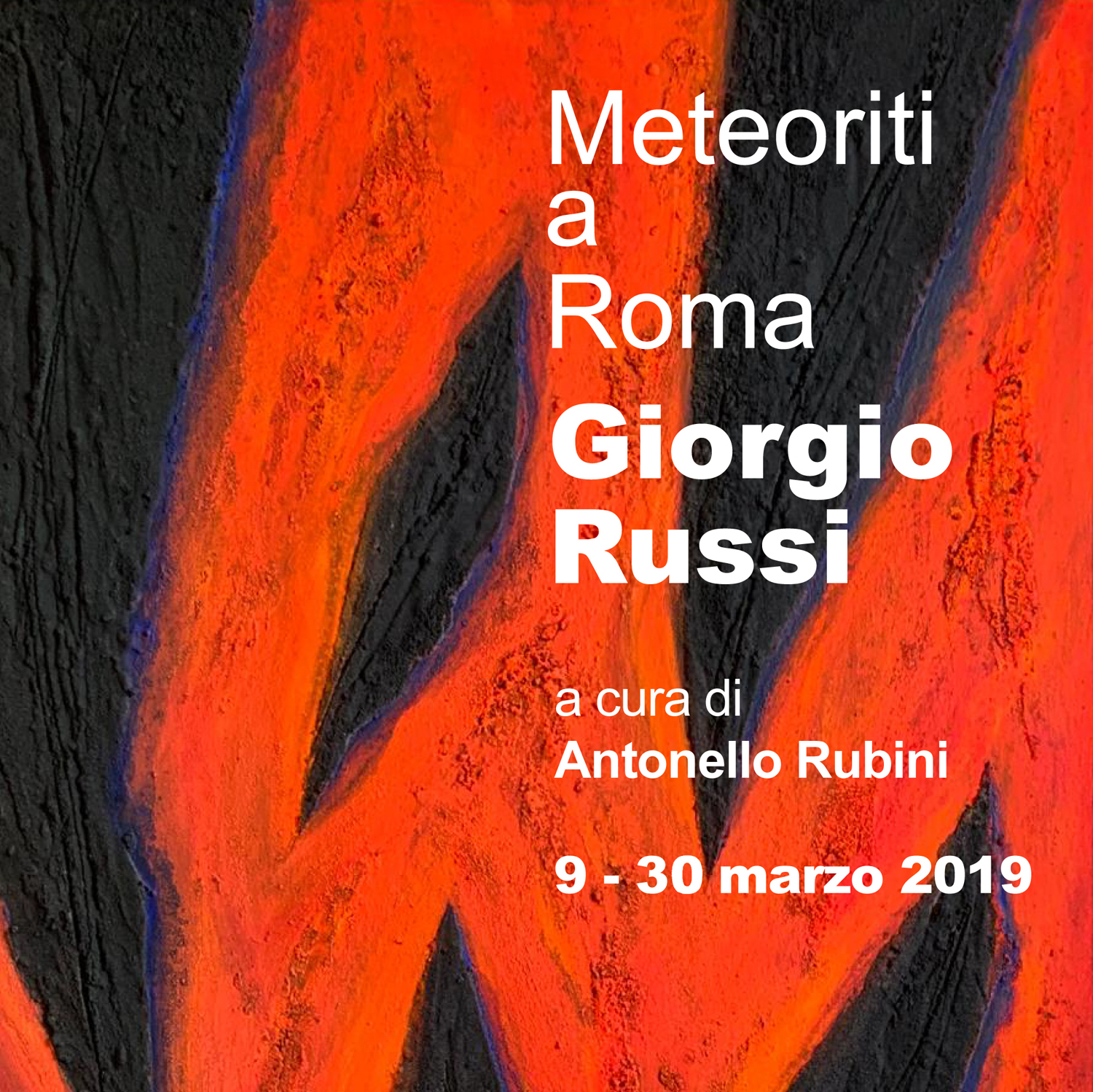
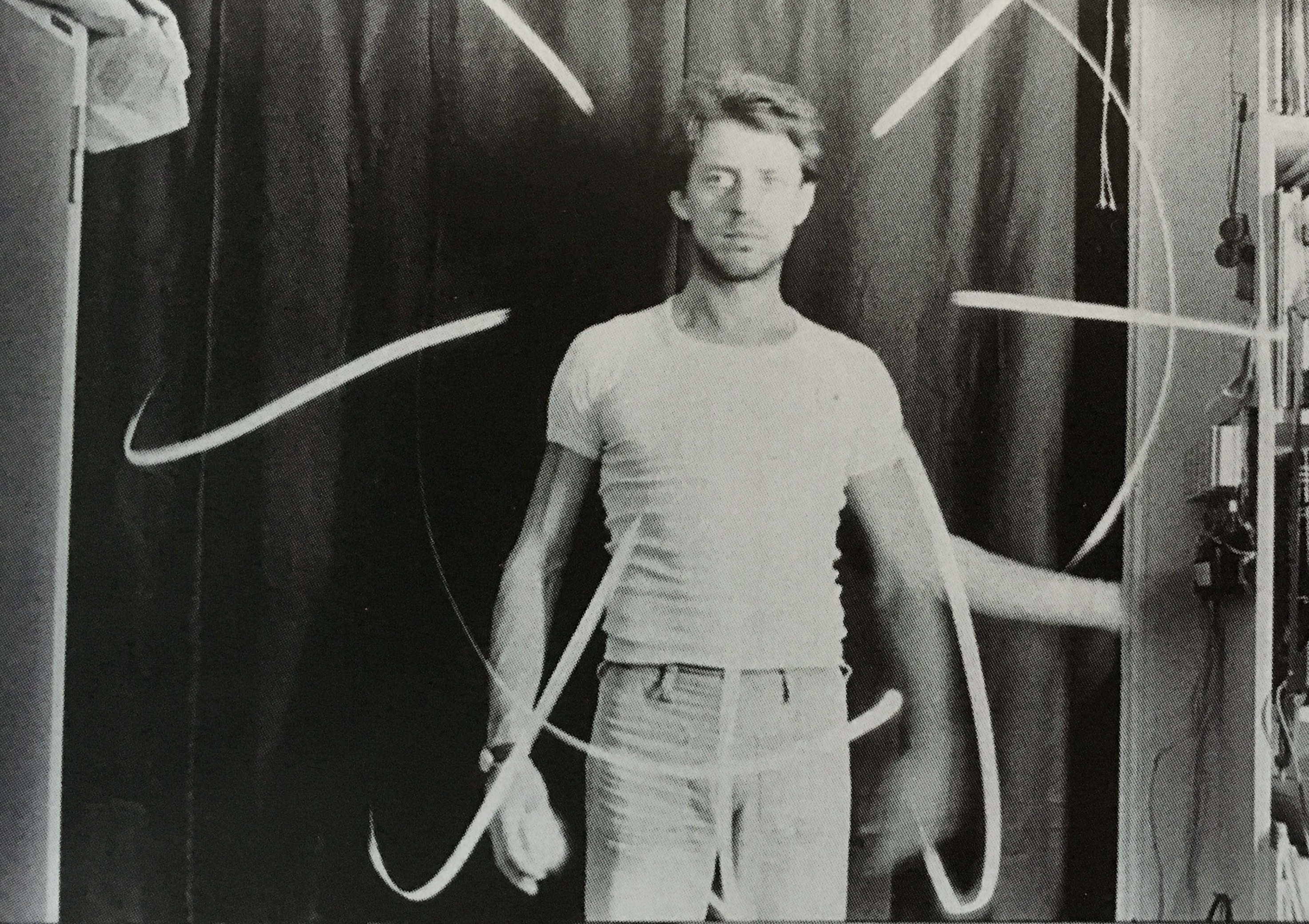

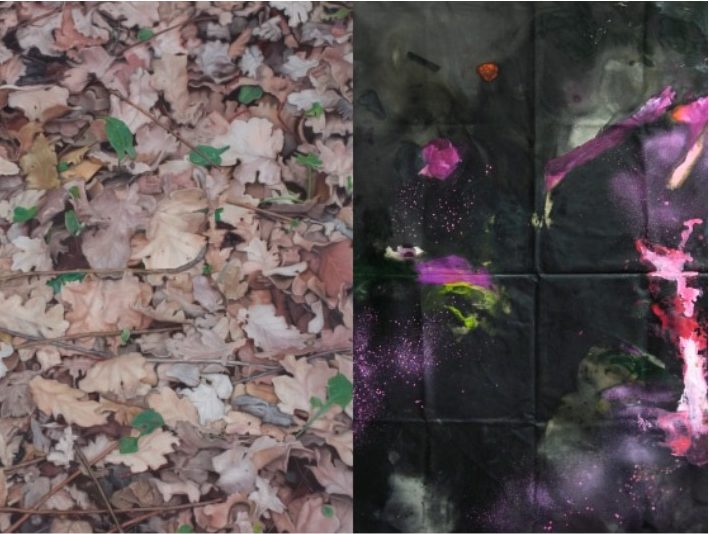

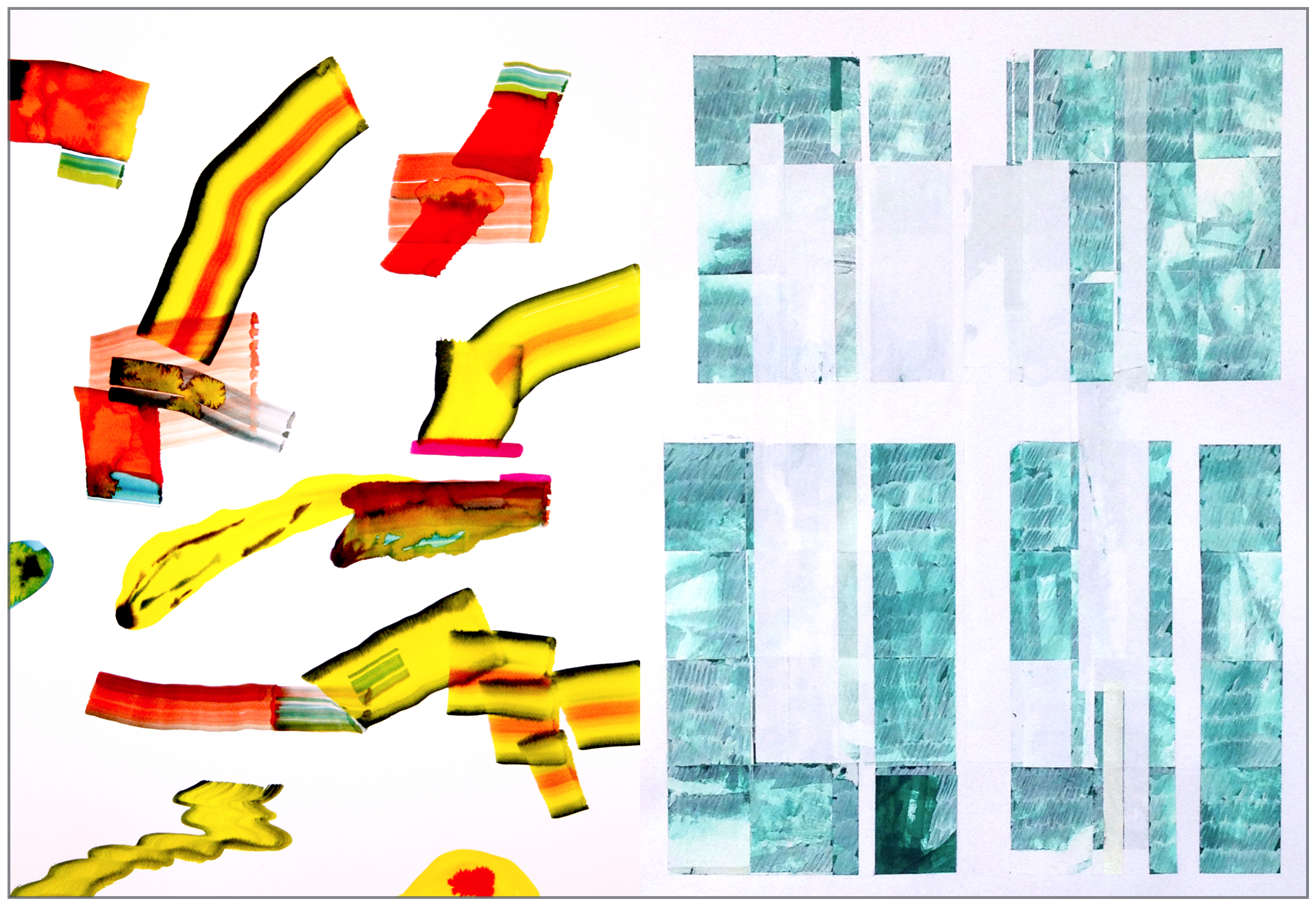
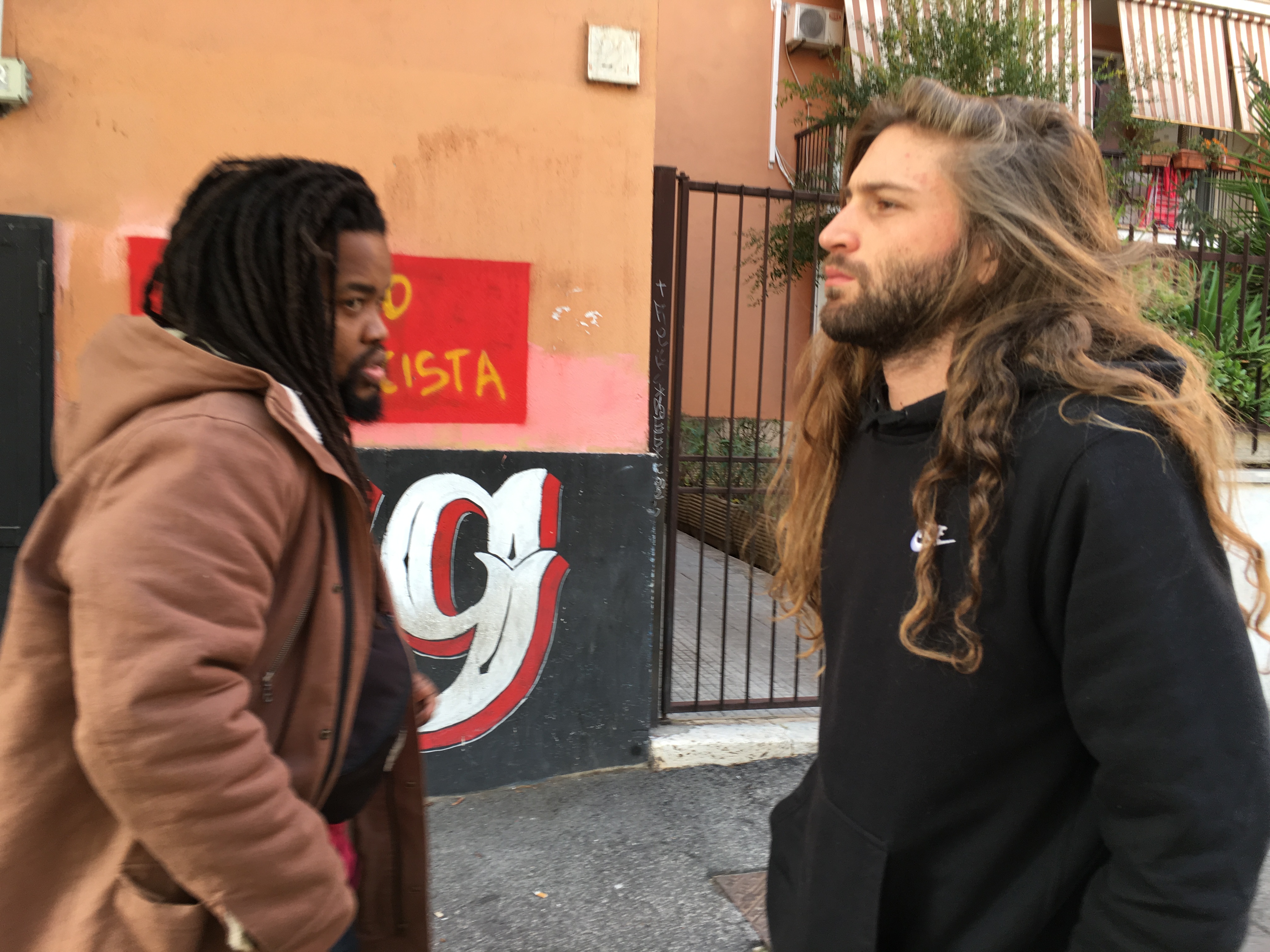
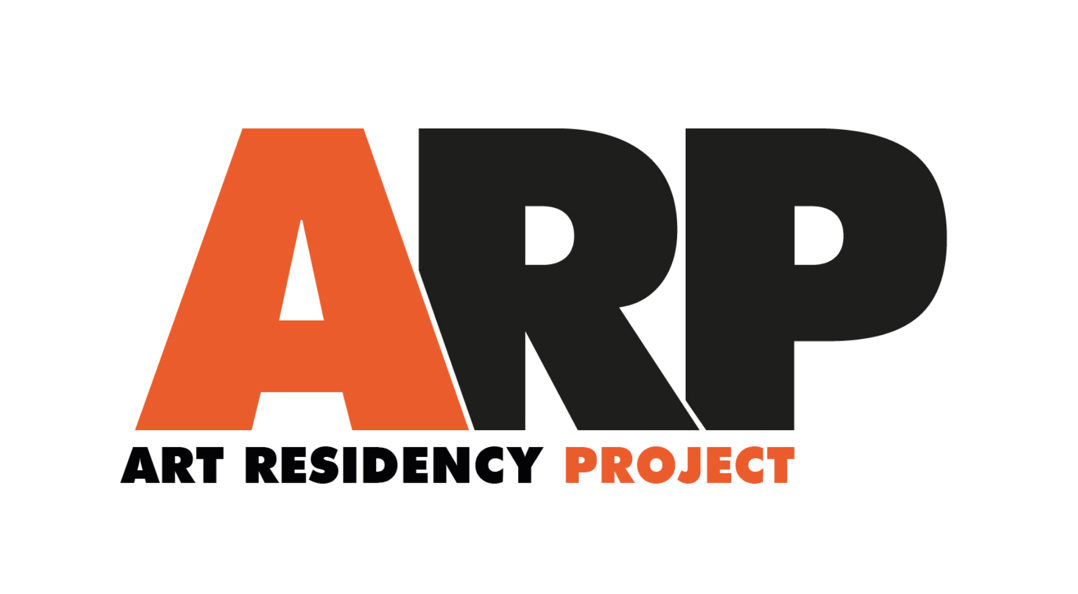
 from left: Caterina Silva, Jordan Sweke, Skumbuzo Vabaza, Elena Giustozzi
from left: Caterina Silva, Jordan Sweke, Skumbuzo Vabaza, Elena Giustozzi







